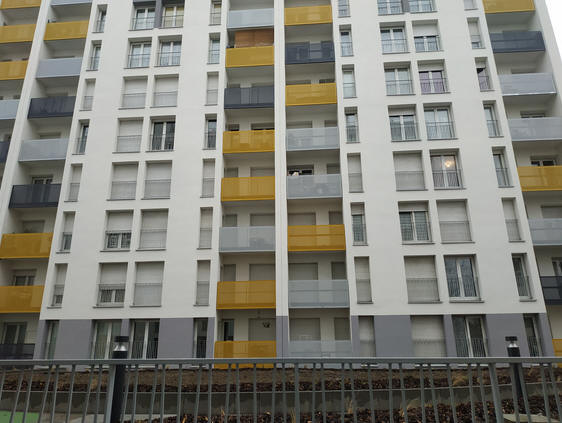 (1/20) In an era where sustainability and durability are at the forefront of infrastructure development, the role of metal components has become more critical than ever. From bridges to public buildings, modern infrastructure relies heavily on high-quality metal elements to ensure long-term resilience, environmental sustainability, and economic viability.
(1/20) In an era where sustainability and durability are at the forefront of infrastructure development, the role of metal components has become more critical than ever. From bridges to public buildings, modern infrastructure relies heavily on high-quality metal elements to ensure long-term resilience, environmental sustainability, and economic viability.
Why Metal Components Are Essential in Sustainable Infrastructure
Metal components provide several advantages that make them an indispensable part of modern infrastructure projects:
- Durability and Longevity: Metal structures, particularly those made from stainless steel and aluminum alloys, offer high resistance to wear and environmental factors, reducing the need for frequent maintenance and replacement.
- Recyclability: Metals such as steel and aluminum can be recycled multiple times without losing their properties, making them a sustainable choice for infrastructure projects.
- Energy Efficiency: Modern metal fabrication techniques, such as laser cutting and precision welding, allow for the production of lightweight components that enhance energy efficiency in buildings and transportation systems.
Applications of Metal Components in Infrastructure
The versatility of metal components makes them suitable for various infrastructure applications, including:
- Bridges and Overpasses: Metal is commonly used in the construction of bridges due to its strength and ability to withstand dynamic loads and environmental stressors.
- Public Transportation Systems: From railway tracks to bus stations, metal elements contribute to the durability and efficiency of transportation infrastructure.
- Renewable Energy Installations: Solar panel mounting systems, wind turbine towers, and hydroelectric plant structures all heavily rely on metal components for stability and performance.
- Smart Cities Initiatives: Metal elements are increasingly used in smart infrastructure solutions, such as energy-efficient street lighting poles and modular building components.
Innovations in Metal Fabrication for Sustainable Development
Companies specializing in metal fabrication, such as Elektron, play a pivotal role in shaping the future of sustainable infrastructure by providing high-quality solutions that meet modern demands. The advancements in metal fabrication technologies are transforming the way infrastructure projects are designed and executed. Some of the key innovations include:
- 3D Metal Printing: This technology enables the creation of complex, customized components with minimal material waste.
- Corrosion-Resistant Coatings: Advanced coatings enhance the lifespan of metal structures in harsh environmental conditions.
- Modular Construction Techniques: Prefabricated metal components allow for quicker assembly and reduced environmental impact on-site.
Challenges and Opportunities
Despite the numerous benefits, there are challenges in implementing metal components in infrastructure projects, such as the initial cost of high-quality materials and the need for specialized labor. However, the long-term benefits, including reduced maintenance costs and environmental impact, far outweigh the initial investment.
Looking forward, the increasing focus on sustainability and climate resilience will create more opportunities for the adoption of metal components in infrastructure development.
Conclusion
The integration of metal components in sustainable infrastructure development offers numerous benefits, including durability, recyclability, and energy efficiency. Companies like Elektron are at the forefront of providing innovative metal solutions that support the creation of resilient and eco-friendly infrastructure.